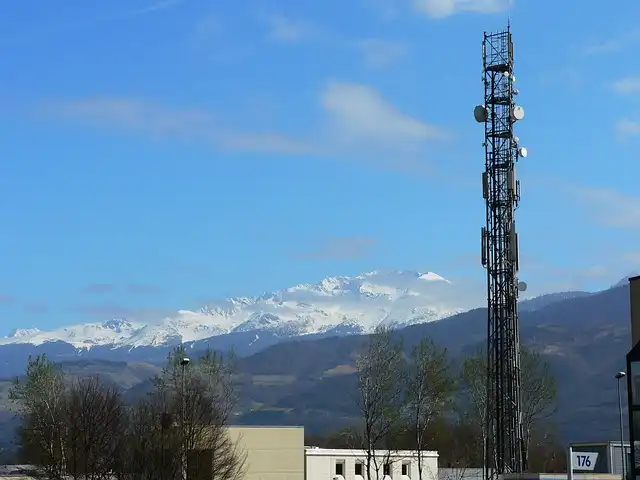India Satcom: Spectrum Allocation, BSNL Advantage, and New Technologies

India's satcom sector is poised for growth with spectrum allocation to private firms like Starlink. BSNL may benefit from lower levies. Direct-to-device connectivity and $44B potential by 2033 are key.
Firms such as Starlink, Eutelsat OneWeb and Jio Satellite have protected licenses from the DoT and approval from the room regulator to supply business satcom solutions in India. Amazon Kuiper is still waiting for the regulative authorizations to provide solutions in the nation.
Spectrum Allocation and Regulatory Landscape
The DoT is working to allocate satellite spectrum to personal firms.
India’s room economy is reckoned to have a potential to strike $44 billion by 2033 and make up around 8% of the global share, according to the Indian National Room Promo and Authorisation Centre. The country’s yearly satcom organization income opportunity is fixed at $1 billion.
Satcom Market Potential in India
The DoT is working to allot satellite spectrum to exclusive companies. It has actually determined to refer back Trai referrals on satcom rates for clarifications. When the regulator provides the explanations, the DoT will finalise the prices and various other methods to designate range administratively to all eligible companies.
As the federal government prepares to allocate industrial satellite range to exclusive gamers such as Starlink, Eutelsat OneWeb and Jio Satellite, state-run Bharat Sanchar Nigam Ltd (BSNL) may have an edge, not only due to the fact that it is already providing satcom services yet also due to reduced regulatory levies.
Direct-to-Device Connectivity Emerges
Direct-to-device connectivity is a new technology which permits day-to-day tools such as mobile phones, clever watches and autos to connect to both terrestrial and satellite insurance coverage. It follows brand-new global mobile 3GPP launch 17 requirements, which are presently being embraced by satellite operators, mobile network operators, mobile phone and chipset manufacturers.
The Telecom Regulatory Authority of India (Trai) had actually advised a 4% AGR as charges for private firms, which might be changed up as the Division of Telecommunications (DoT) has actually not accepted the prices. BSNL, nonetheless, is most likely to continue to pay 1% owing to the tactical demands.
BSNL’s Strategic Advantage
As govt prepares to allot business satellite spectrum, BSNL may acquire an advantage due to lower governing charges. Private companies like Starlink and Jio Satellite will deal with greater levies. BSNL additionally intends direct-to-device solutions for wider clients.
As govt prepares to allot industrial satellite range, BSNL might obtain an advantage due to lower regulatory charges. Private companies like Starlink and Jio Satellite will face higher levies. As per Viasat, the messages were sent roughly 36,000 kilometres to one of its geostationary L-band satellites.
In 2014, satcom service provider Viasat had shown direct-to-device connectivity in collaboration with BSNL throughout the India Mobile Congress. Two-way messaging therefore messaging were demonstrated making use of a commercial Android smart device allowed for non-terrestrial network connectivity. As per Viasat, the messages were sent out roughly 36,000 km to one of its geostationary L-band satellites.
1 BSNL advantage2 direct-to-device
3 India telecom
4 regulatory levies
5 satcom services
6 satellite spectrum
« DoT Re-evaluates Satcom Spectrum PricingCybersecurity Forecast 2026: AI Breaches, Quantum Security, and Government Intervention »
